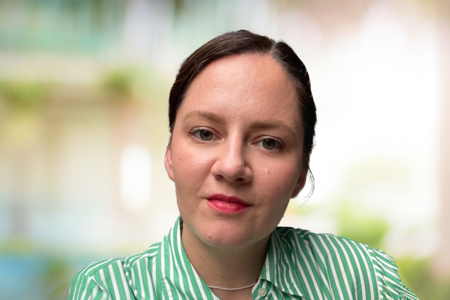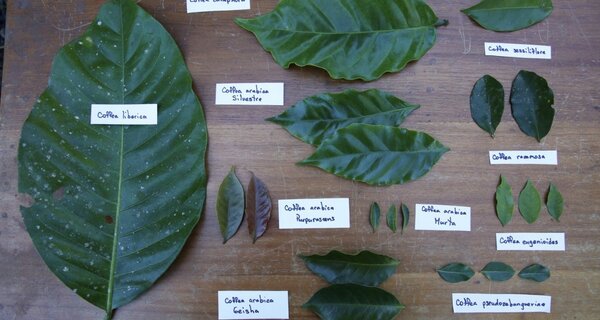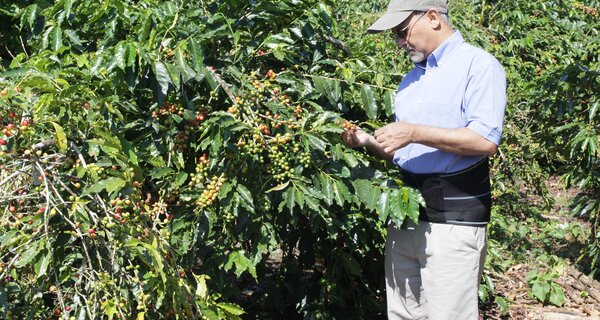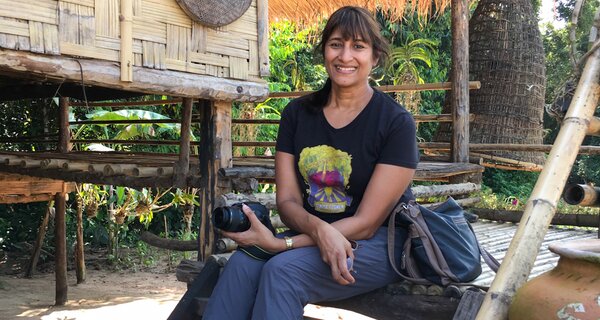International Coffee Day: Rediscovering Coffee Diversity with CATIE’s William Solano
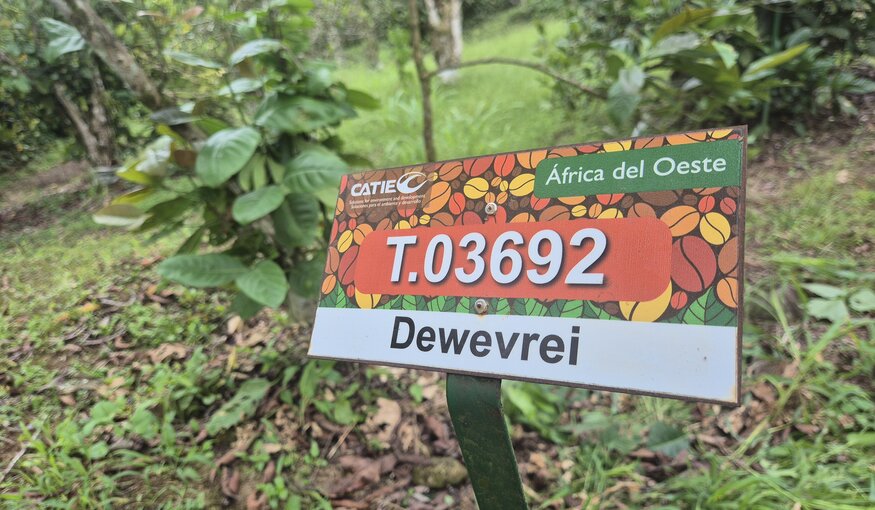
30 September 2025
Pumpkin spice lattes, oat milk cappuccinos, flavored cold brews – coffee trends come and go. But behind every new flavor sensation is something much deeper: the diversity of the coffee plant itself. And that diversity is under threat.
Coffee is grown in around 80 countries and supports the livelihoods of an estimated 125 million people across Latin America, Africa and Asia. Almost all of that production comes from just two species – arabica and robusta. A third, somewhat mysterious and little-used species, liberica, has long been cultivated in small quantities in parts of Africa and Asia.
A landmark study in Nature Plants has now settled seven decades of scientific uncertainty around liberica: what was once thought to be a single species is in fact three – Coffea liberica, C. dewevrei (known as excelsa coffee in the trade) and C. klainei. With this change, the total number of coffee species recognized by botanists rises from 131 to 133.
At the Tropical Agricultural Research and Higher Education Center (CATIE) in Costa Rica, the finding is especially meaningful. CATIE’s International Coffee Collection was established 75 years ago and holds nearly 2,000 different types. Among them are C. dewevrei plants introduced from West Africa back in 1957, long before its recognition as a separate species, as well as C. klainei.
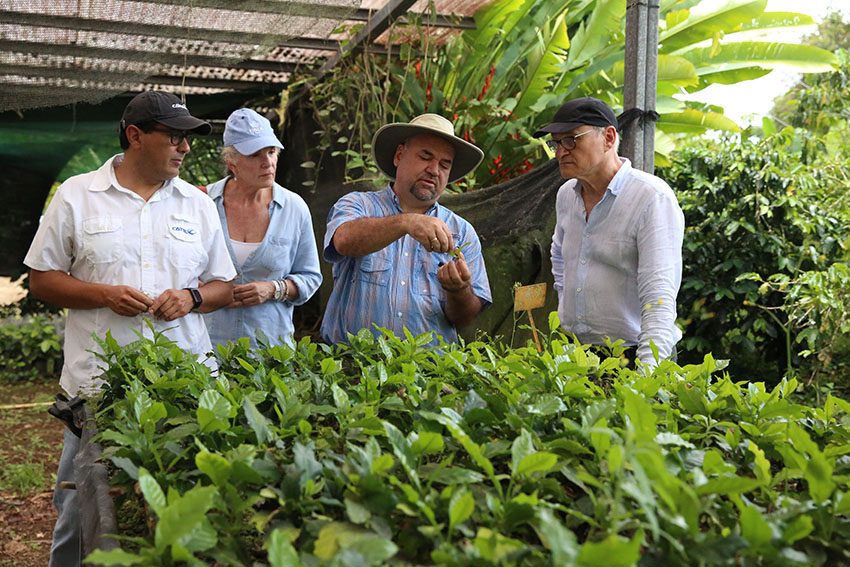
William Solano (second from the right) shows CATIE’s coffee collection to representatives from the Crop Trust. Photo: Luis Salazar/Crop Trust
We spoke with William Solano, Researcher in Genetic Resources and Biotechnology at CATIE, about what this means for conservation, farmers and the future of our morning cup.
Crop Trust: CATIE has conserved Coffea dewevrei and C. Klainei since the 1950s. How does it feel to see it officially recognized as a distinct species after all these years?
William Solano: For me as curator of CATIE’s coffee collection, this reclassification is a source of great satisfaction. The fact that a material we have carefully conserved for more than six decades is now recognized as a new species means that our conservation work has allowed the scientific community to discover and better appreciate its diversity. CATIE’s collections have served as key raw material for many coffee research studies. Moreover, this change adds two new species to the genetic resources in our collection, strengthening its relevance as a strategic resource for research, conservation and coffee breeding. It is a powerful reminder that every plant we conserve may hold secrets yet to be discovered.
Crop Trust: Now that C. dewevrei is recognized as a distinct species, what new opportunities does that open for coffee breeding?
William Solano: This recognition opens very exciting opportunities for coffee breeding, particularly as we face the challenges of climate change. This species shows promising agronomic traits and, importantly, it appears to have superior taste and smell qualities than robusta. This combination makes it an excellent candidate for developing new hybrids that can offer both resilience to climate stress and improved cup quality.
At CATIE, we are proud that our coffee collection has protected this genetic resource for decades, making it available for current and future research. Thanks to this conservation effort, we can now explore its potential more fully, which could lead to C. dewevrei playing a greater role in farmers’ fields – providing more climate-resilient plants – and even in consumers’ cups, enriching the diversity of flavors in the global coffee market.
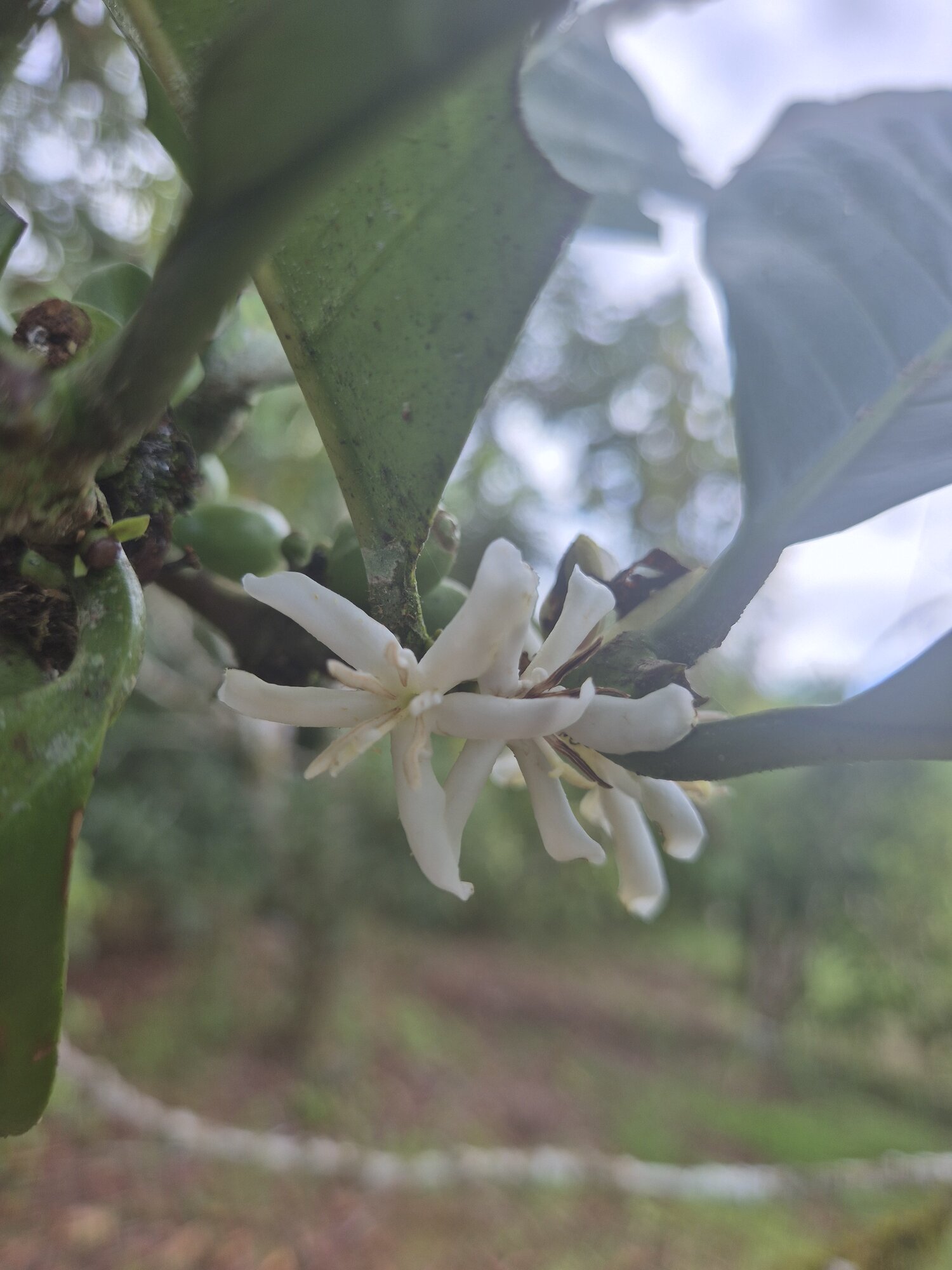
The flower of C. dewevrei.
Crop Trust: What does the smaller wild range of C. liberica mean for conservation and what role can genebanks play?
William Solano: The recent findings about the limited wild range of Coffea liberica are a clear reminder of how urgent it is to conserve coffee genetic resources. Genebanks like CATIE play a critical role in safeguarding this diversity over the long term, ensuring that these unique genetic materials remain available.
At CATIE, we take this mission very seriously. Our collection has been maintained for decades as a living library of coffee diversity. It is a cornerstone of resilience in the global coffee sector. However, conserving coffee diversity is something that genebanks cannot achieve alone. We need a strong, coordinated approach to implement the global coffee conservation strategy – and, crucially, support from the private sector. Coffee companies, traders and roasters all depend on a resilient and diverse genetic base for the future of their supply chains. By investing in the conservation of coffee diversity today, the industry helps secure the sustainability and innovation potential of coffee production for decades to come.
On this International Coffee Day, as millions sip their favorite seasonal or specialty brew, the message is clear. Coffee’s future depends on protecting its diversity. Thanks to long-term guardians like CATIE – supported through the Crop Trust Endowment Fund – the coffee diversity that can shape tomorrow’s cup of coffee is already conserved in a genebank, waiting to be used. Or perhaps even discovered.
Categories: For The Press, For Partners, Food Security

